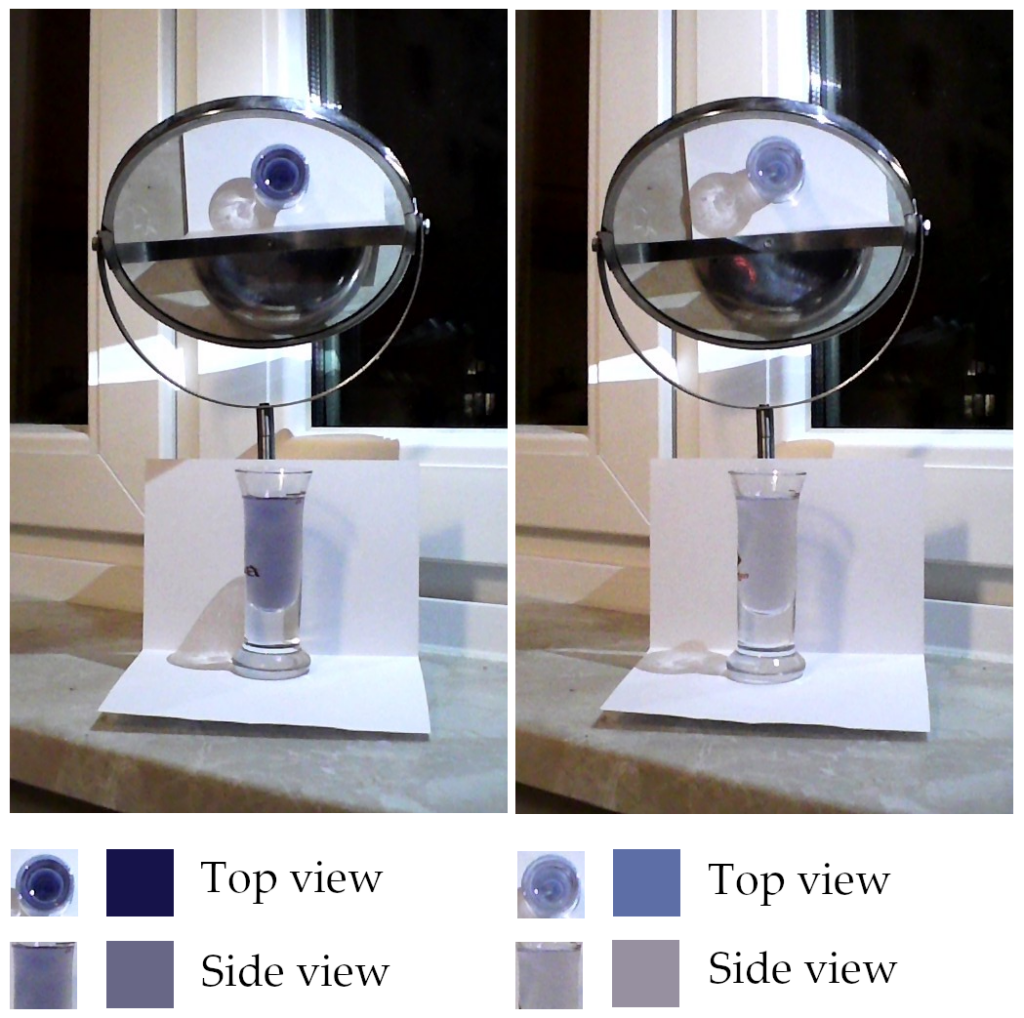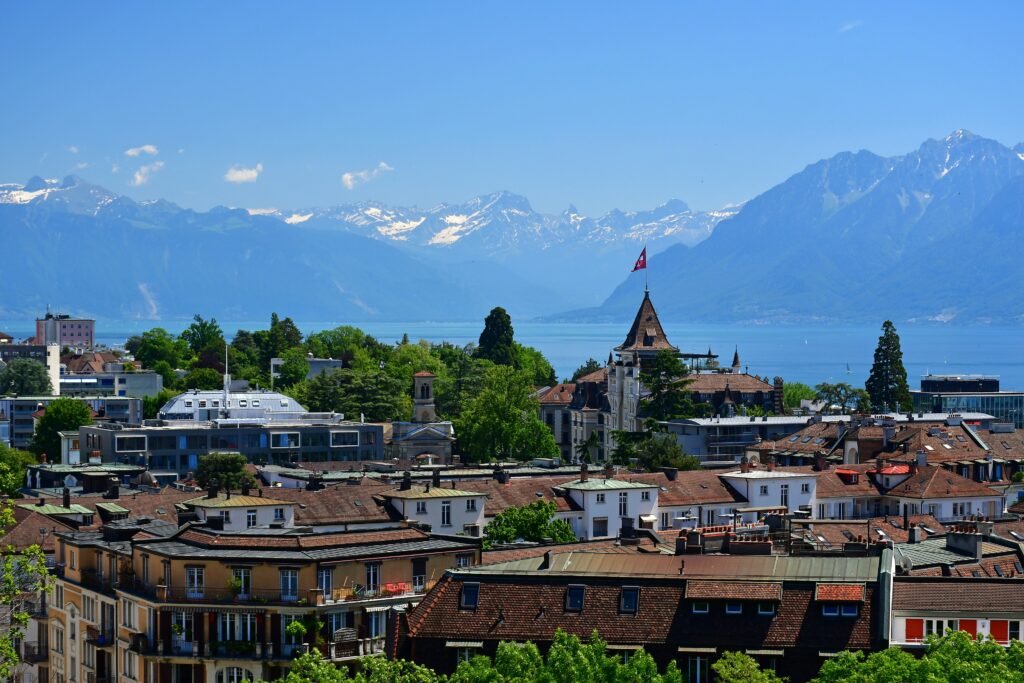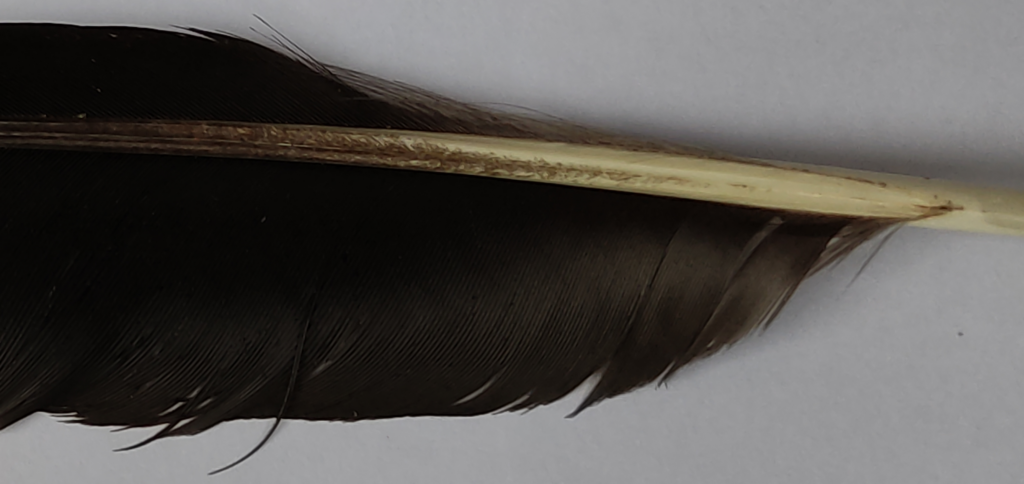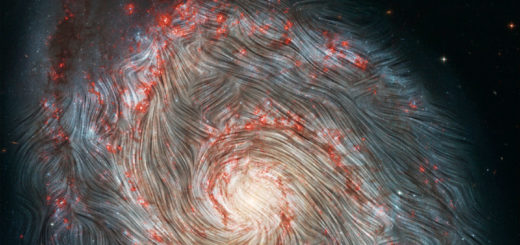Dream of a Purple Sky
Sometimes a weird dream inspires me to ask a seemingly mundane question, today about why our sky is not purple. The quest to explain it is surprisingly more insightful that what I expected at first.
Colorful skies
From my dreams of the other night, what I remember is the following discussion:
– Why are you so surprised? the fairy asked.
– The sky, I answered confused, it is purple. Why? Why is that so?
– For the same reason, surely, that the grass is green and the raven black.
I was baffled to get such a pragmatic, and yet so unhelpful, answer. However, I did not have the time to complain about it, as I soon woke up. I got up to open my window and when I looked at the fresh blue sky, the fantasy had dissipated. But I was still daydreaming and the question remained: what gives their colors to all the things that we see, to the sky, the grass and the raven?
– Simple, would have answered the malicious fairy. The grass is made of green blades and the raven of black feathers.
This is a true but, again, frustrating explanation. It does not seem to solve any problem, but to only move the unanswered question to the blade of grass and to the bird’s feather. It was shining however a new light on my morning sky. When I look at the raven, I see the feathers. But what am I seeing when I look over the horizon? Nothing it seems, but thin air.
It is the air itself, thus, that must be blue.
And yet, the air appears to be absolutely transparent. As such, how could it be blue? Surely, faced with my argument, my fairy would protest – magical creatures in my dreams often play the devil’s advocate. Hopefully, as I moved to my kitchen for breakfast, I remember some violet syrup I had bought the week before. In the bottle it looks dark purple, nearly black, but a thin layer of it looks nearly transparent.
This makes sense, the thicker the layer of a semi-transparent material, the stronger its color. I even built a simple experiment to demonstrate it, using a little elongated vial and a mirror (see the image below). If my tiny fairy was to live at the bottom of this little glass, I told myself, she would see above here a purple sky, just like in my dream.

Interestingly, we can experience the blueness of air directly, thanks to an effect known as aerial perspective. When the thickness of air is sufficient to make it visible, the object behind it appears tinted in blue. This typically happens when we look at very far away objects. Of course, in a flat city like Hamburg there are not many objects available to the eye at such large distance. However, in my native Switzerland, or in any mountainous region, far away peaks appearing blue behind their thick curtain of air are a common sight (see the picture of the city of Lausanne below).

Feathers made of smaller feathers
I had made my point to the imaginary fairy, and I was quite happy about it. To celebrate, I poured the syrup I used for my experiment in a more reasonably sized glass and head to my balcony to drink it. But another occupant reached it before me. A raven, ominously looking at me.
– Of course, I thought, all that does not solve the mystery of their black feathers. There is still more to unveil.
The new explanation is quite different to the previous one. We could say the raven is made of black feathers, and the feathers themselves of smaller elements – maybe of smaller ravens – that are in turn black, thus explaining the color. We could iterate like that forever, the smaller ravens being themselves composed of tiny black feathers. The color at each level, we could argue, is determined by the color of smaller components, one level below. Our reasoning would swirl into an infinite regress, our understanding never really deepening only endlessly repeating the same explanation.

Fortunately, we know that matter does not act this way. At some point we find elemental pieces, molecules and atoms, that defines the behavior of all common matter.
To understand what, at this more fundamental level, determines the color of molecules and atoms, another question must be asked. A question I carefully avoided until now: what is, really, a color?
A fantasy of light
A color is only a perception. It is the fantasy our brain creates for us to help understand light. It does not exist by itself. There are many tricks that our eyes and mind play to us to transform the light we detect into information we can understand, into color. Consequently, there is a lot to say about it, regarding the biochemistry enabling vision, but also the language we use to describe it.
Likewise, there is much to say about light itself, and how it interacts with the very small world of atoms and molecules. In particular, it requires us to explore the baroque society of the tiny electrons, so tiny they feel light like a tempest shuffling them around their small universe. By looking carefully, we can understand how the composition of matter structures their interaction with each other and with light, ultimately giving color to the world.
I will, however, tell this story another time, as it will face us with many new challenges and adventures. For now, I let the raven keep part of its mystery. As he flew away, I saluted him and asked him to bring my regards to the fairy who started it all, if he ever goes to meet her under the purple sky.

















